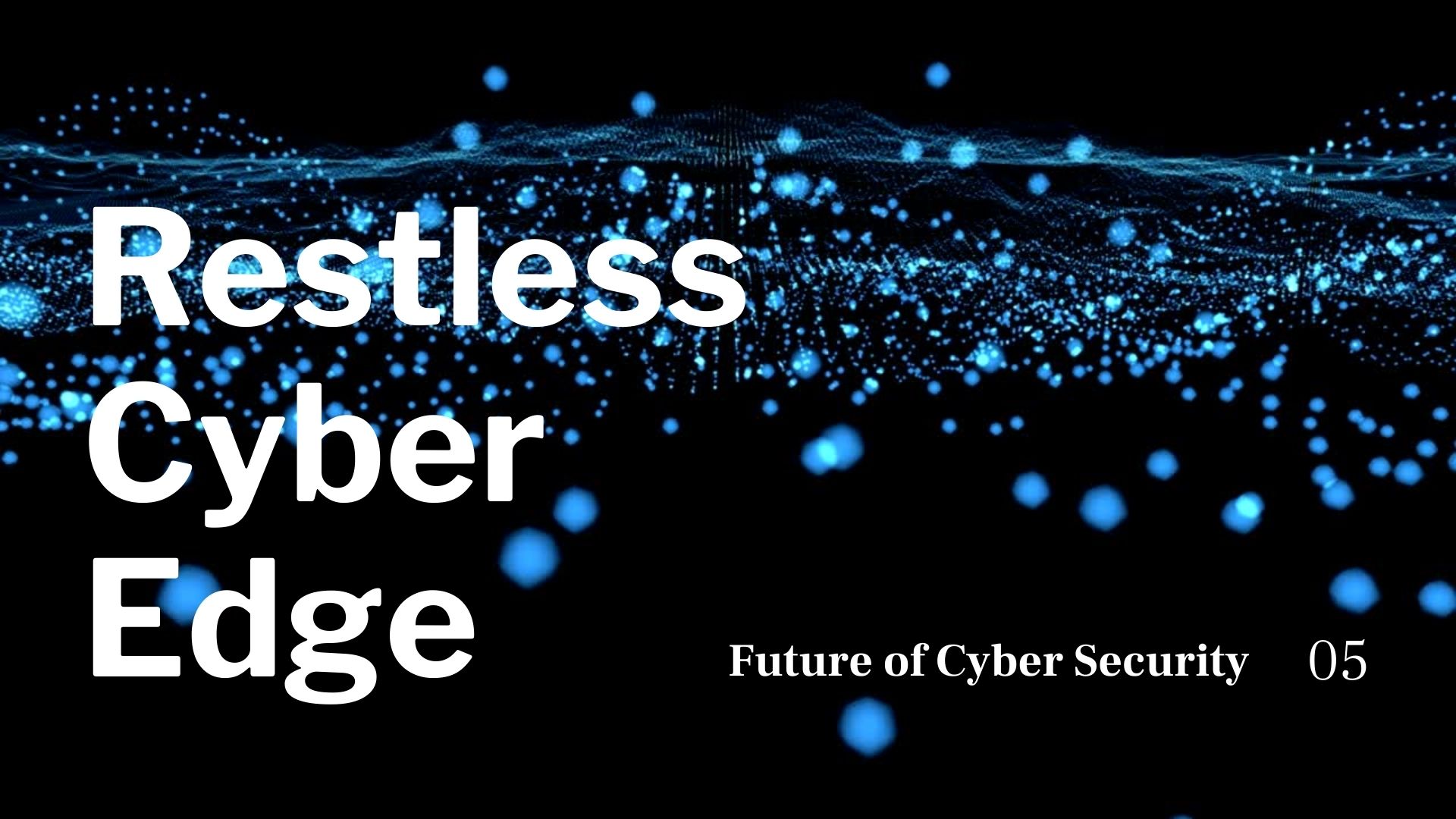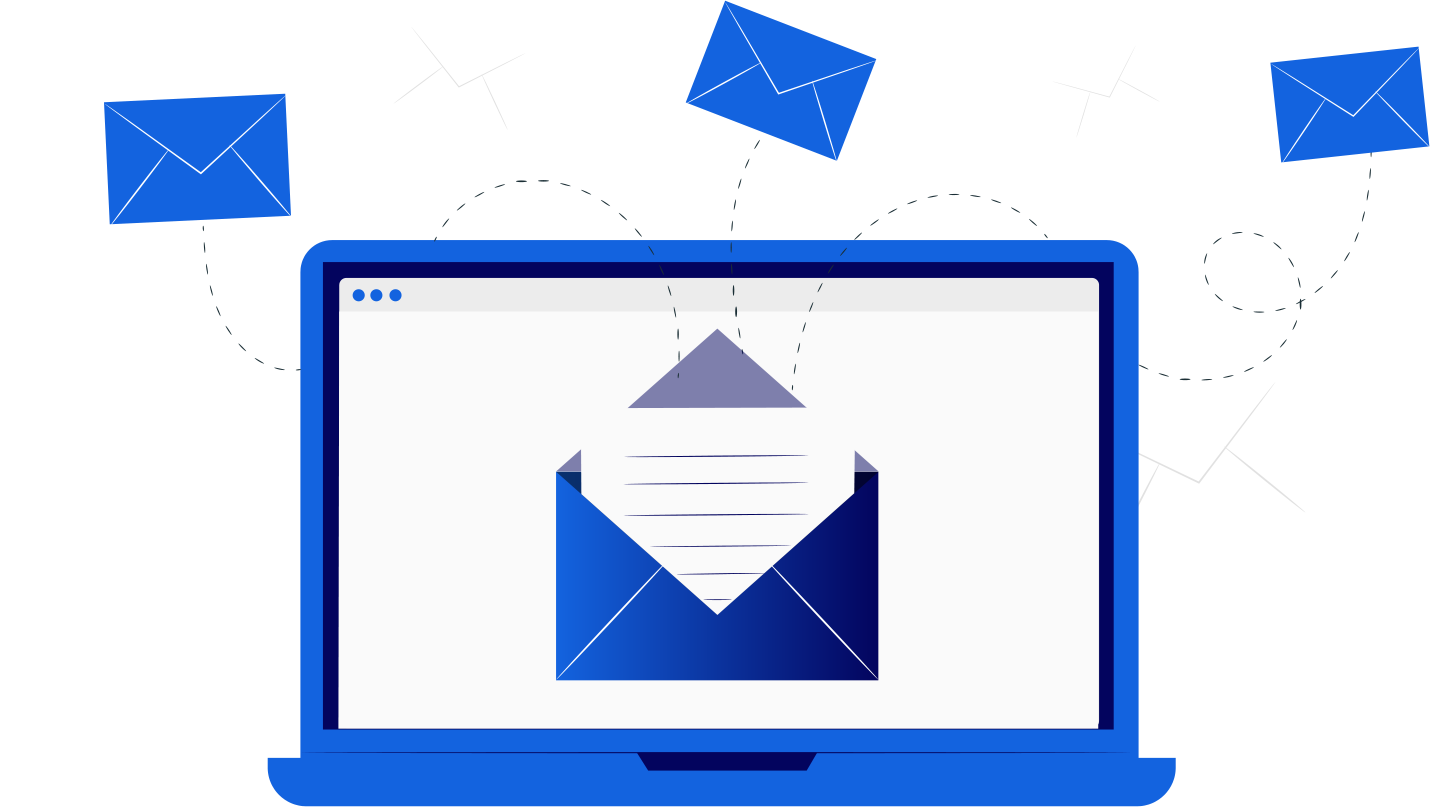How to Attract Your Perfect Buyer for a Cybersecurity Product
July 22, 2024, 4 min read
In today’s digital age, cybersecurity has become paramount for organizations of all sizes. As cyber threats evolve, so does the need for robust cybersecurity solutions. However, developing a top-notch product is only half the battle. The real challenge lies in attracting the right buyers. To attract your perfect buyer for a cybersecurity product, focus on understanding your target market’s needs and pain points. Tailoring your SEO and content marketing strategies to address these insights can significantly improve your product’s visibility to the right audience. This blog post dives into more effective strategies to attract your perfect buyer for a cybersecurity product.
Let’s attract the right buyer for your cybersecurity product. Dive into practical strategies to understand their needs and pain points and optimize your SEO and content accordingly.
Understanding Your Ideal Buyer
1. Identify Buyer Personas
- Define Demographics: Determine the age, gender, location, and job titles of your ideal buyers.
- Understand Psychographics: Assess their interests, challenges, and values.
- Identify Pain Points: Understand the specific cybersecurity challenges they face.
- Decision-Making Criteria: Know what factors influence their purchasing decisions, such as price, features, support, or scalability.
2. Segment Your Market
- Industry Verticals: Different industries have unique cybersecurity needs. Segment your market based on industry verticals like healthcare, finance, retail, and government.
- Company Size: Small and large enterprises have different budget constraints and requirements.
- Geographical Locations: Cybersecurity needs may vary based on local regulations and threat landscapes.
Crafting a Compelling Value Proposition
3. Highlight Unique Selling Points (USPs)
- Feature Superiority: Emphasize features that set your product apart, such as advanced threat detection, real-time monitoring, or AI integration.
- Cost Efficiency: Showcase how your product can save costs by preventing breaches or reducing the need for extensive IT staff.
- Ease of Use: Stress on user-friendly interfaces and ease of deployment.
- Scalability: Highlight how your solution can grow with the client’s needs.
4. Address Compliance and Regulations
- Industry Standards: Ensure your product complies with standards like ISO 27001, NIST, GDPR, HIPAA, etc.
- Certification and Audits: Provide proof of third-party certifications and regular security audits.
Building Trust and Credibility
5. Leverage Case Studies and Testimonials
- Real-World Success Stories: Share detailed case studies showcasing how your product has successfully protected other businesses.
- Customer Testimonials: Gather and publish testimonials from satisfied customers to build credibility.
6. Partner with Influencers and Thought Leaders
- Cybersecurity Experts: Collaborate with well-known cybersecurity experts to endorse your product.
- Industry Events and Webinars: Participate in or host industry events and webinars to demonstrate your expertise.
Effective Marketing Strategies
7. Content Marketing
- Educational Blog Posts: Write informative articles that address common cybersecurity issues and provide solutions.
- White Papers and Ebooks: Offer in-depth guides on cybersecurity best practices and emerging threats with digital or traditional publishing.
- Video Content: Create tutorial videos and webinars demonstrating your product’s features and benefits.
8. SEO and SEM
- Keyword Optimization: Optimize your website and content with relevant keywords to improve search engine ranking.
- Paid Advertising: Use Google Ads and other SEM strategies to target specific demographics and industries.
9. Social Media Marketing
- Platform Selection: Choose platforms where your target audience is most active, such as LinkedIn for B2B marketing.
- Engagement: Share valuable content, engage with followers, and participate in discussions to build a community.
10. Email Marketing
- Targeted Campaigns: Segment your email list to send personalized messages to different buyer personas.
- Educational Content: Include newsletters with the latest cybersecurity news, tips, and product updates.
Sales and Customer Support
11. Provide Demos and Free Trials
- Interactive Demos: Offer live demos to showcase your product’s capabilities.
- Free Trials: Allow potential buyers to test your product with no commitment.
12. Exceptional Customer Support
- 24/7 Support: Provide round-the-clock support to address any issues promptly.
- Knowledge Base: Maintain a comprehensive knowledge base with guides, FAQs, and troubleshooting tips.
13. Sales Enablement
- Sales Training: Equip your sales team with the knowledge and tools they need to effectively communicate your product’s value.
- Sales Collateral: Provide brochures, datasheets, and presentations that highlight key features and benefits.
Measuring Success
14. Track Key Metrics
- Lead Generation: Measure the number of leads generated from different marketing channels.
- Conversion Rates: Track the percentage of leads that convert to paying customers.
- Customer Retention: Monitor customer satisfaction and retention rates.
15. Collect Feedback and Iterate
- Customer Surveys: Regularly survey customers to gather feedback on your product and services.
- Product Updates: Use feedback to continuously improve your product and address any shortcomings.
Conclusion
Attracting your perfect buyer for a cybersecurity product requires a strategic approach that combines understanding your audience, crafting a compelling value proposition, building trust, and implementing effective marketing and sales strategies. By focusing on these areas, you can create a robust pipeline of qualified leads and build lasting customer relationships. As the cybersecurity landscape continues to evolve, staying attuned to your buyers’ needs and adapting your strategies accordingly will ensure sustained growth and success.
By following these strategies and continuously refining your approach based on market feedback and evolving threats, you can effectively attract and retain your perfect buyers, ensuring the success of your cybersecurity product in a competitive market.




























